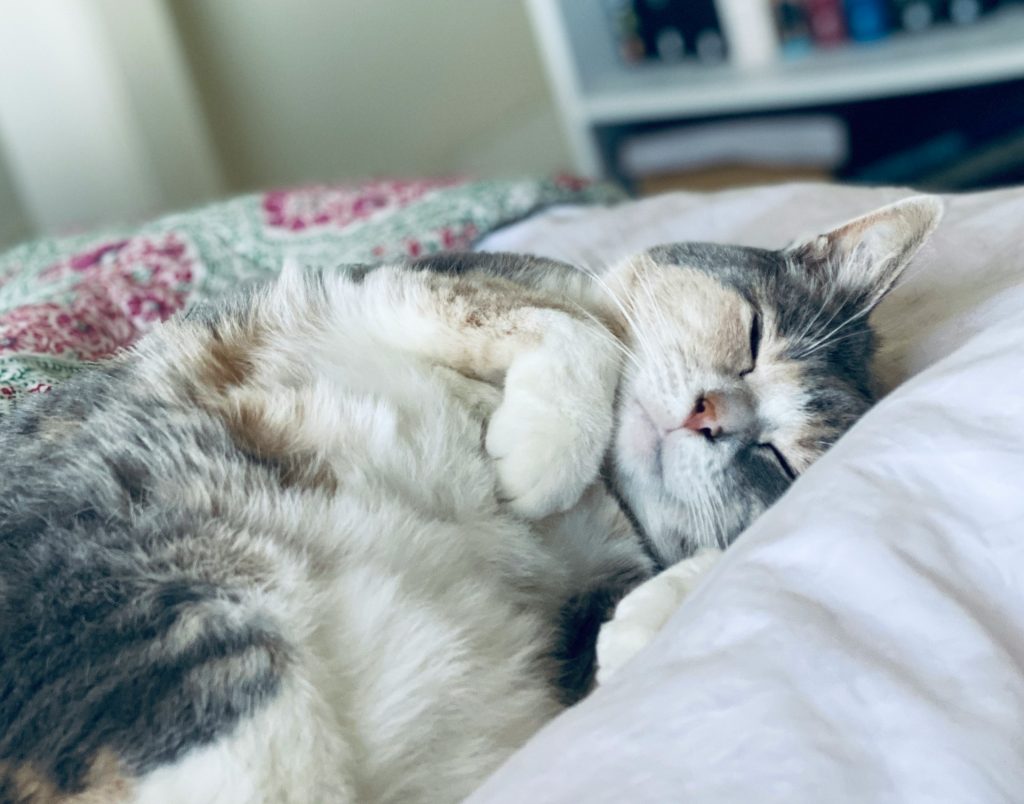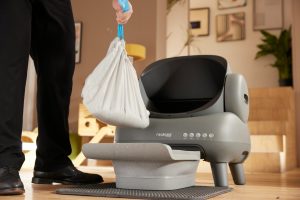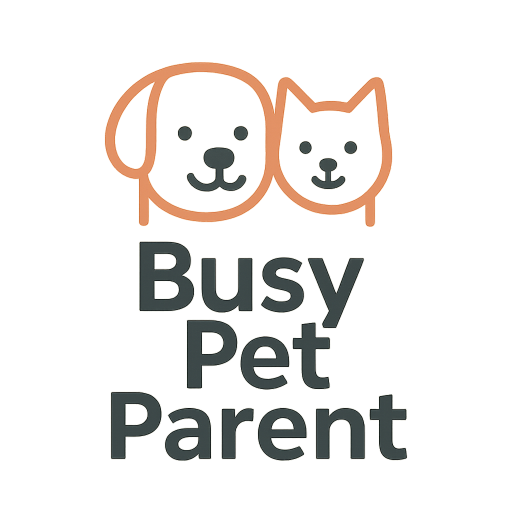
Is My Cat Happy? 15 Signs Every Owner Should Know
Cat owners often ask themselves, “is my cat happy?” Unlike dogs, cats tend to express emotions with subtle cues—small shifts in body language, vocalizations, and routines that can be easy to miss. But once you know what to look for, the signs of feline happiness become clear and reassuring.
Happiness in cats revolves around security, comfort, and enrichment. A content cat explores confidently, maintains good grooming, and rests peacefully in favorite spots. In apartments or small homes, enrichment and safe routines matter even more: vertical climbing areas, scratching posts, and quiet hideaways all support daily wellbeing. This guide unpacks 15 telltale signs of a happy cat, with practical tips to help your feline thrive indoors.
1. Relaxed Body Posture and Gentle Movements
A happy cat moves with fluidity and rests with ease—stretched out on their side, loafed with paws tucked, or sprawled belly-up when they feel safe. Their ears stay neutral, whiskers relaxed, and tail softly flicks instead of lashing. In apartments, you’ll often see this during sunbathing sessions near a window or after play.
If posture is stiff or tense, consider whether the environment feels too noisy or unpredictable. Adding cozy hideaways or cat-proofing tips can help create safe zones where your cat can fully relax—one of the clearest answers to “is my cat happy?”
2. Regular Grooming and a Healthy Coat
Cats show contentment through self-care. A glossy coat, consistent grooming, and gentle mutual grooming between bonded cats all suggest that your cat feels secure and calm. Over-grooming or patchy fur, by contrast, may reflect stress or medical issues that need attention.
Routine preventive care—outlined in the VCA feline health guidelines—helps maintain skin and coat health. Combine this with scratching posts and enrichment from the Fear Free Happy Homes enrichment guide to keep both body and mind stimulated.
3. Playful Bursts and Curiosity
Happy cats show curiosity in short, playful bursts—chasing a toy mouse, batting at a feather wand, or leaping after a laser pointer. Even senior cats express happiness through gentle play or investigative sniffing around their apartment environment.
Offer variety with rotating toys, vertical climbing areas, and puzzle feeders. Our cat apartment hacks provide creative ways to keep small spaces engaging. When your cat initiates play or confidently explores, it’s one of the most reassuring answers to “is my cat happy?”
4. Comfortable Sleep in Favorite Spots
Cats sleep a lot—12 to 16 hours a day on average. The difference between stress and happiness lies in how and where they sleep. A happy cat rotates between cozy spots, stretches out openly, and sometimes naps belly-up. Their sleep looks restful, with soft breathing and gentle twitching during dream phases.
If your cat hides excessively or seems restless, consider adjustments to their environment. Adding vertical perches, safe hideaways, or using tips from our apartment pet safety guide can create the security they need to fully relax. Peaceful, open sleep is one of the most reliable answers to “is my cat happy?”
5. Gentle Purring and Content Vocalizations
While cats purr for different reasons, a steady, soft purr when resting or being petted usually indicates contentment. Some cats also “chirp” or trill when they greet you or anticipate something positive, like mealtime or play. These vocal signals reflect a relaxed and trusting emotional state.
Pay attention to context—purring during stroking is positive, while purring during vet visits may indicate self-soothing. Learning your cat’s individual sounds helps you interpret whether that purr really means “yes” when you ask, “is my cat happy?”
6. A Healthy Appetite and Positive Mealtime Habits
Happy cats approach meals with enthusiasm but not desperation. They eat steadily, groom afterward, and sometimes even return later for a small snack. A good appetite paired with relaxed behavior around food shows comfort and security in their environment.
If appetite decreases, increases suddenly, or mealtime turns into stress, check health first. Then enrich feeding with puzzle feeders, vertical dining spots, or multiple small meals. The VCA preventive care guidelines for cats also recommend regular monitoring. Balanced eating habits are a daily reassurance when you ask yourself, “is my cat happy?”
7. Regular Use of the Litter Box Without Issues
Happy cats typically use their litter box consistently and without signs of stress. Scratching to cover waste, steady posture, and relaxed exit behaviors indicate comfort and security. Avoidance, accidents, or rushing out of the box may point to anxiety, discomfort, or health problems.
To support positive litter habits, keep boxes clean, accessible, and private. Multiple cats may need multiple boxes. A stress-free litter routine is a strong sign when you ask yourself, “is my cat happy?”
8. Confident Exploration of Their Environment
A happy cat explores confidently—sniffing new furniture, hopping onto shelves, or quietly investigating bags you bring home. They show interest without excessive fear, balancing curiosity with caution. Exploration reflects both security in their environment and mental stimulation.
Encourage exploration with safe vertical spaces, window perches, and toys rotated for novelty. For apartment cats, apartment hacks for cats can expand territory creatively. Each confident investigation is a reassuring clue to the answer: “is my cat happy?”
9. Positive Interaction With People or Other Pets
Cats show happiness through social choices. A content cat may rub against your legs, head-butt your hand, or groom a bonded cat. They initiate contact on their terms, but the key is consistency—choosing to be near you or other pets regularly.
Respecting boundaries is essential. Allow your cat to approach and withdraw freely. Over time, frequent voluntary contact answers the question “is my cat happy?” with a confident yes.
10. Kneading and “Making Biscuits”
When cats push their paws rhythmically into blankets, pillows, or your lap, they’re showing comfort and happiness. This kneading behavior often comes from kittenhood nursing, carried into adulthood as a self-soothing and affectionate signal. It’s one of the most universally recognized signs of feline contentment.
If your cat kneads while purring or resting with you, it’s a clear emotional green light. Provide soft blankets or cushions they can safely knead without damaging furniture. This simple ritual answers “is my cat happy?” with every rhythmic paw press.
11. Slow Blinking and Relaxed Eye Contact
Cats communicate affection and trust with slow blinks—sometimes called “cat kisses.” When your cat makes soft eye contact and slowly closes and opens their eyes, they’re signaling comfort and happiness. It’s an invitation to relax together, not a challenge.
Return the gesture by slow-blinking back at your cat. This mutual exchange reinforces your bond and creates reassurance. Frequent slow blinks are an elegant, subtle answer to the question, “is my cat happy?”
12. A Balanced Mix of Independence and Affection
Cats are naturally independent, but a happy cat strikes a balance: enjoying alone time in their chosen spots yet seeking you out for interaction. They may nap solo during the day, then curl up beside you in the evening. This ebb and flow shows that their emotional needs are being met.
If your cat hides constantly or clings excessively, something may be off. By respecting their independence while offering affection, you maintain a balance that keeps them secure. That balance is one of the strongest ways to answer “is my cat happy?”
13. Greeting You at the Door or With Tail-Up Posture
Cats that meet you at the door, tail held high and sometimes with a little curve at the end, are showing happiness and affection. The tail-up posture is a friendly greeting among cats and a signal of trust and security toward you.
Whether it’s a gentle meow, a tail-up rub against your leg, or an excited trot to welcome you home, these gestures answer “is my cat happy?” with a warm yes.
14. Curiosity Without Excessive Fear
A happy cat shows curiosity—sniffing shopping bags, investigating boxes, or cautiously approaching new visitors—without shrinking into constant fear. They may retreat briefly but return to explore once they feel safe. This blend of caution and confidence reflects emotional stability.
Encouraging curiosity with safe, positive experiences helps your cat build confidence. This healthy balance is one more way to know the answer to “is my cat happy?”
15. A Stable Daily Rhythm of Play, Rest, and Social Time
The most holistic sign of happiness is balance. A cat that alternates between play, exploration, rest, and affection without extreme highs or lows is emotionally well. They nap peacefully, enjoy playtime bursts, and seek interaction on their own terms. This daily rhythm shows that their needs are consistently met.
If your cat maintains this smooth rhythm, you can confidently answer “is my cat happy?” with a yes. If routines shift drastically, revisit enrichment, health checks, and home setup to restore balance.
Final Thoughts: So, Is My Cat Happy?
Cats don’t always wear their hearts on their sleeves, but happiness is visible once you learn the signs. From relaxed postures and gentle purrs to playful bursts and affectionate greetings, these 15 indicators reveal when your feline feels safe, secure, and content. If you’ve spotted most of them in your own cat, you already know the answer: yes, my cat is happy.
To support ongoing happiness, focus on preventive health care and daily enrichment. Resources like the VCA feline health guidelines and Fear Free Happy Homes enrichment tips can help you refine your cat’s environment and care routine. With consistent attention, you’ll keep answering “is my cat happy?” with a joyful yes.
Frequently Asked Questions
How can I tell if my cat is truly happy?
Look for relaxed body posture, regular grooming, playful curiosity, and a steady appetite. When these signs are consistent, you can confidently answer the question, “is my cat happy?”
Do cats get bored or unhappy in apartments?
Cats can thrive in apartments if their environment is enriched. Use vertical climbing areas, scratching posts, puzzle feeders, and window perches. For inspiration, see our cat apartment hacks to make small spaces more stimulating and secure.
Why does my cat purr—does it always mean happiness?
Not always. While cats often purr when happy and relaxed, they may also purr when stressed or self-soothing. Consider context: a soft purr during stroking usually means contentment, while purring at the vet may signal discomfort.
What are subtle signs my cat isn’t happy?
Changes in grooming, appetite, litter box use, or hiding behavior can all point to unhappiness or stress. If these shifts appear, start with a vet check, then adjust enrichment and routines. Monitoring small changes helps answer “is my cat happy?” accurately over time.
How can I make my cat happier every day?
Offer consistency: regular meals, play sessions, and quiet bonding time. Rotate toys for novelty and provide vertical spaces for climbing. Preventive health care, safe home setups, and affection on your cat’s terms are daily steps that keep the answer to “is my cat happy?” a resounding yes.

Join the Busy Pet Parent Newsletter!
Get easy routines, time-saving tips, and the latest gear reviews—delivered straight to your inbox.
Perfect for busy pet owners, apartment dwellers, and anyone who wants a happy, healthy companion (without the stress).
Exclusive guides & checklists
Product recommendations & deals
No spam—unsubscribe anytime!




